The National Solid Waste Management Commission-Recycling Industry Sector (NSWMC-RIS) supports the proposed Waste to Energy Act, which provides a framework for the entire value chain of waste to energy facilities and ensure uninterrupted supply of waste as feedstock.
Senator Sherwin Gatchalian, the chairperson of the Senate Committee on Energy, opined in a statement that waste hierarchy of 'reduce, reuse, recycle' (3Rs) is a failure.
"The 3Rs is a failure, yung reuse, reduce, recycle because only 30% of the barangays conduct 3Rs, 70% ay tinatapon lang sa kung saan-saan," he said.
He stressed that it is now the time for the government to consider the adoption of WTE facilities in the treatment and disposal of solid waste.
In a position paper submitted by the RIS, the members noted that only 30% of the country’s population has access to sanitary landfills and these facilities will soon be filled with waste.
"With only 30% of our population with access to Sanitary Landfills (SLFs) as the only final disposal option under RA 9003 based on 2015 data adopted by NSWMC, having not enough facilities being put up to meet the demand, and existing SLF facilities close to filling up,” RIS said.
As a consequence, RIS also noted the gap to address the shortage of landfill spaces.
“The proposed bill will allow for the much needed, appropriate, and environmentally compliant private sector investment in waste treatment technologies to fill the gap and eventually lead to the final closure and [stop] recurrence of open and controlled dumpsite facilities," RIS said.
Gatchalian believes that the immediate passage of the WTE Act will not only encourage the development of new technologies in the treatment and disposal of solid waste, it also supports the expansion of bioenergy to attain sustainable energy.
WTE facility refers to any processing facility that utilizes environmentally sound WTE technology that undergoes the process of generating energy in the form of electricity and/or heat from the primary treatment of waste, or the processing of waste into a fuel source, including biofuel plants and biogas producing sanitary landfill.
Incineration of waste might seem to be a bulletproof solution to address increasing wastes, but RIS noted that this can still be studied further to maximize the benefits of the co-existence of recycling and incineration.
RIS also clarified that referring to "incineration" as the burning of municipal, biomedical, and hazardous wastes which emits toxic and poisonous fumes is inaccurate. It is assumed here that incineration facilities automatically emit toxic and poisonous fumes which, in fact, it is the installed emission control equipment that determines it.
The RIS also suggested including the provision for tax incentives for WTE developers in the bill.
“WTE developers be provided with tax incentives [but] it should be clearly spelled out rather than going around different government agencies to apply for the appropriate incentive which oftentimes results in differences in interpretations and delays,” RIS suggested.
Meanwhile, several private sector entities have conducted full-scale feasibility and investment studies for potential projects with Local Government Units on converting solid waste to energy in the country," said RIS. (MCG/PIA-IDPD, with additional information from RIS/CL)
This article was originally published by PIA.

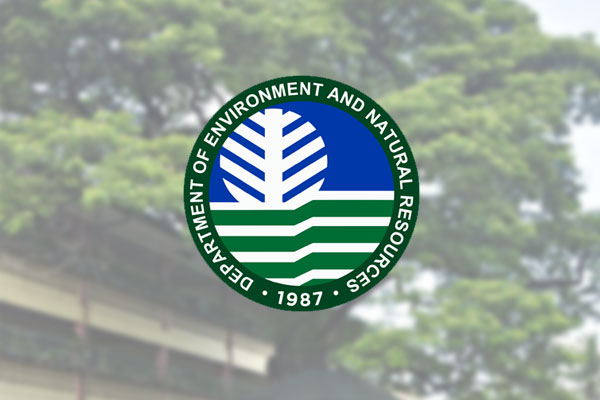
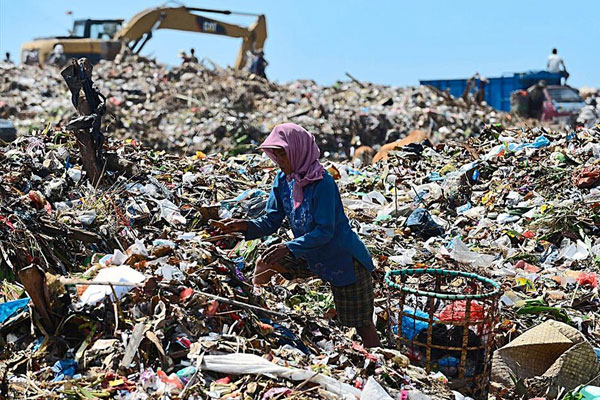
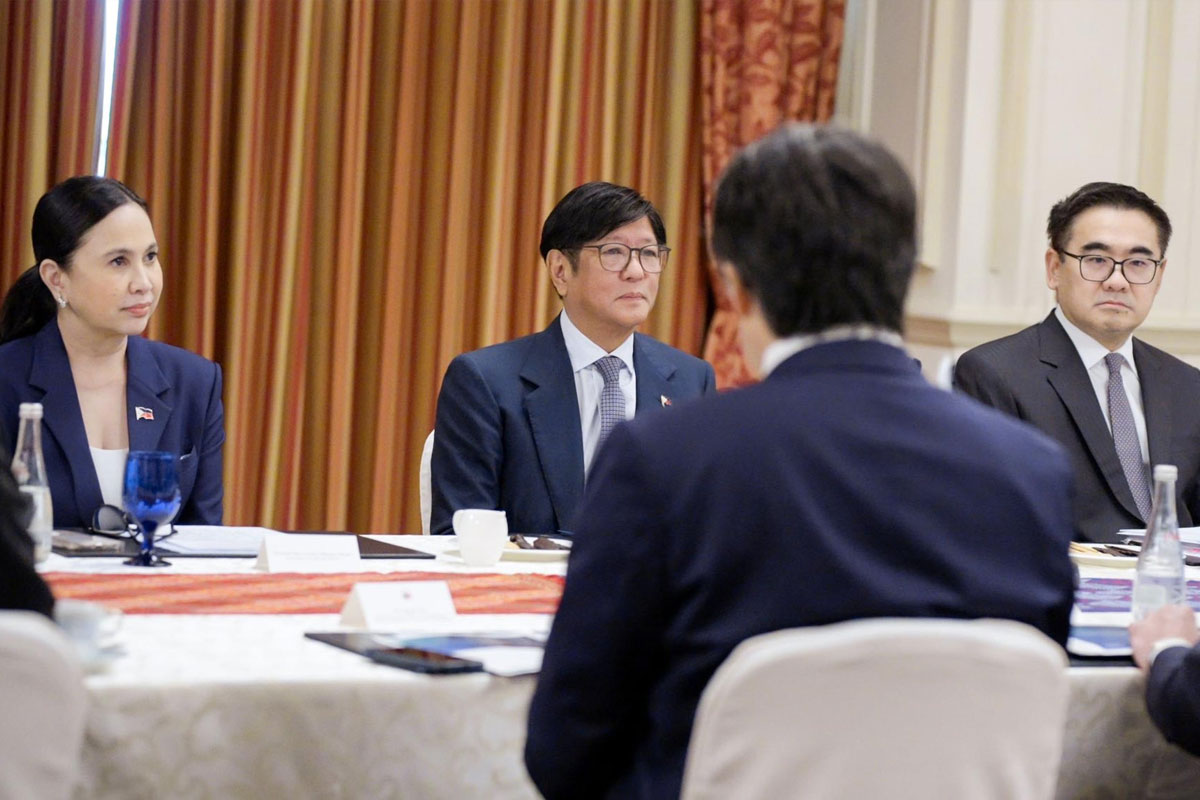
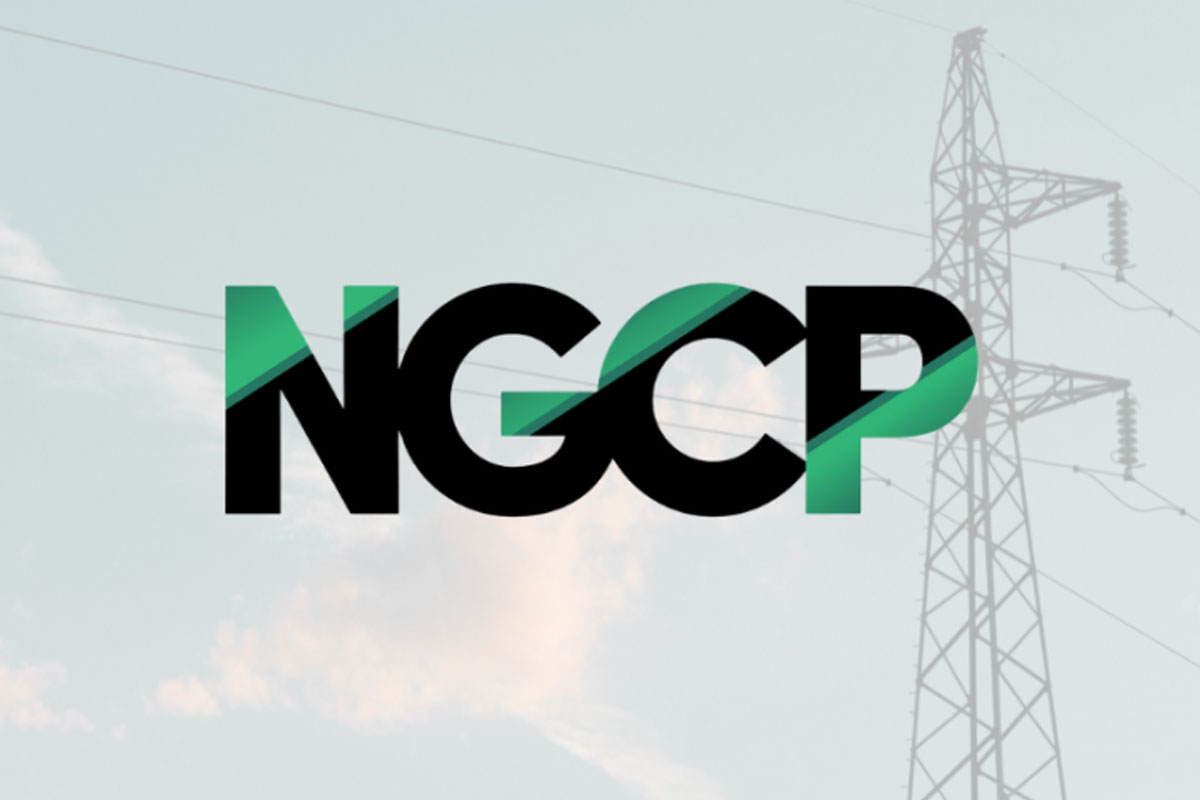
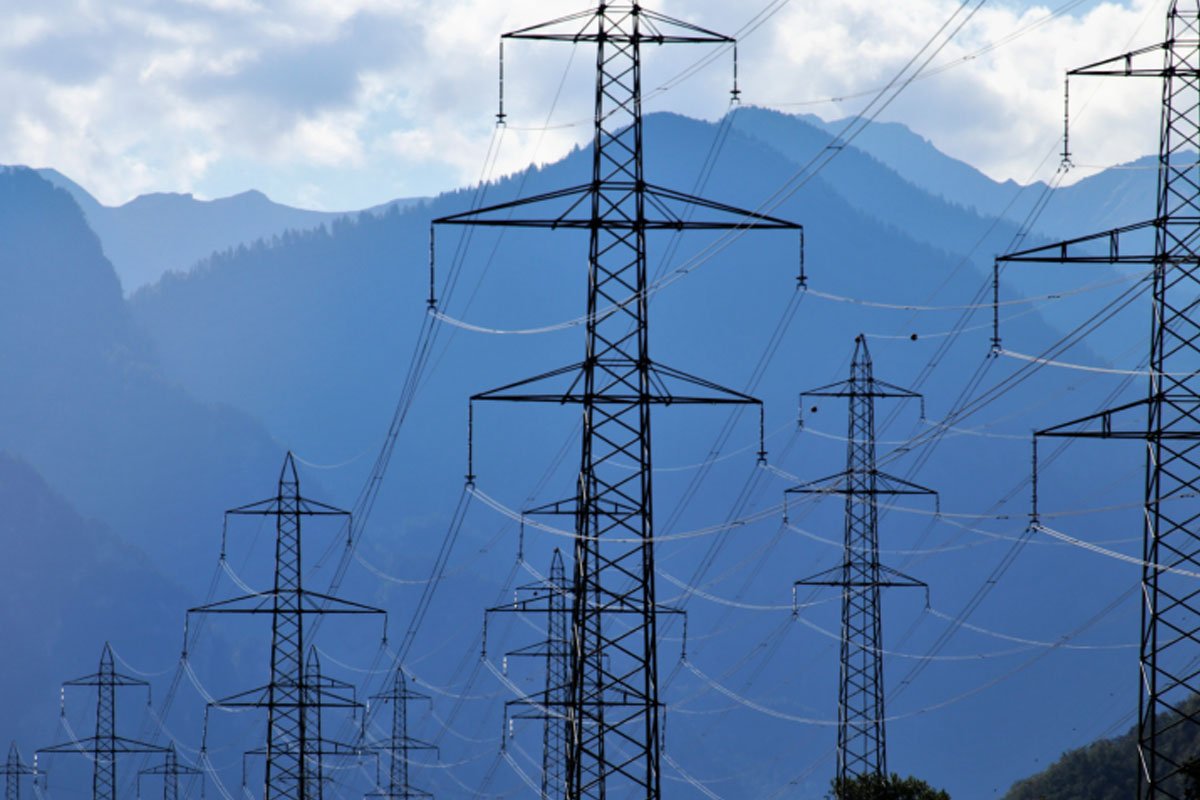
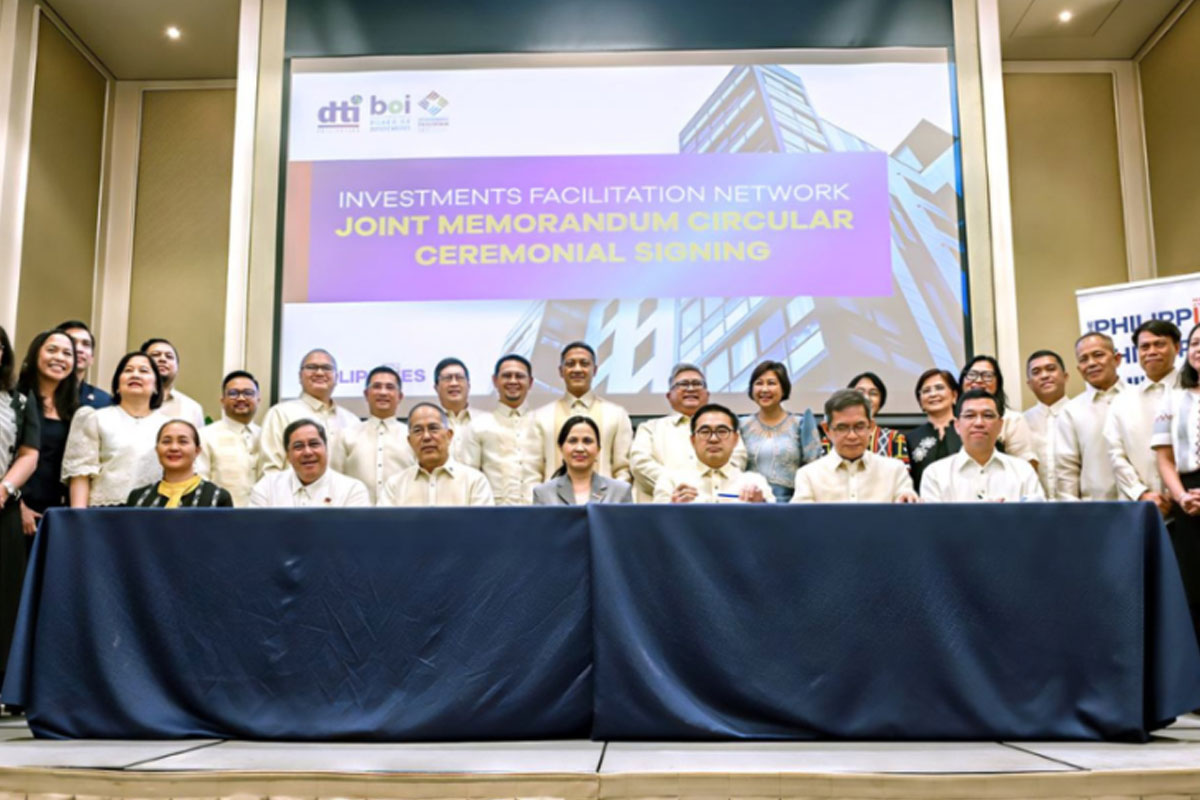

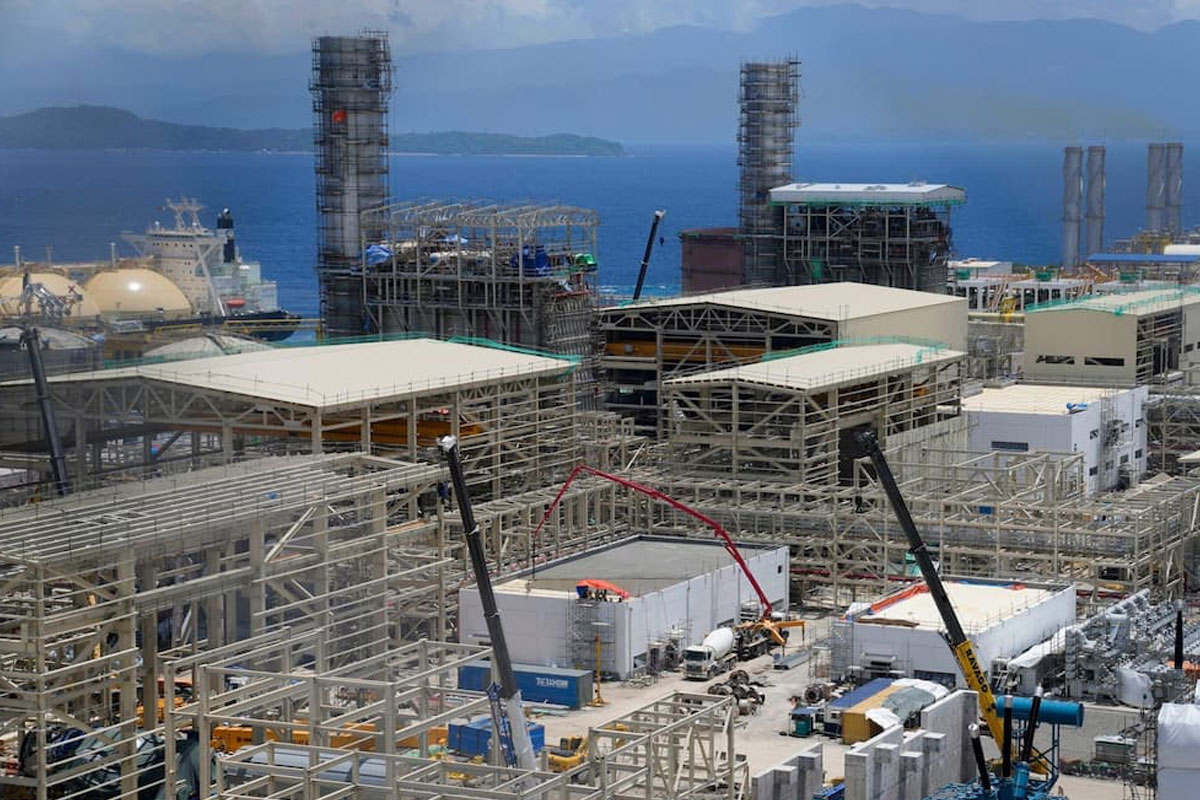
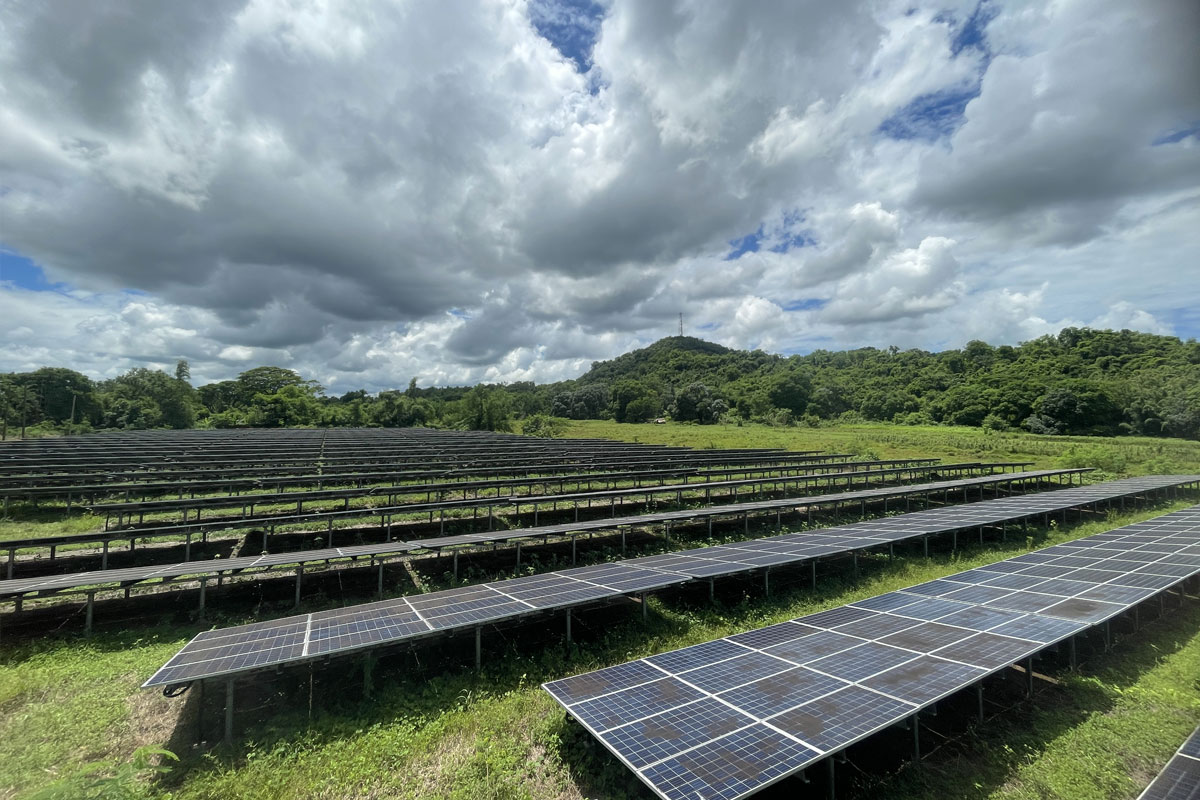

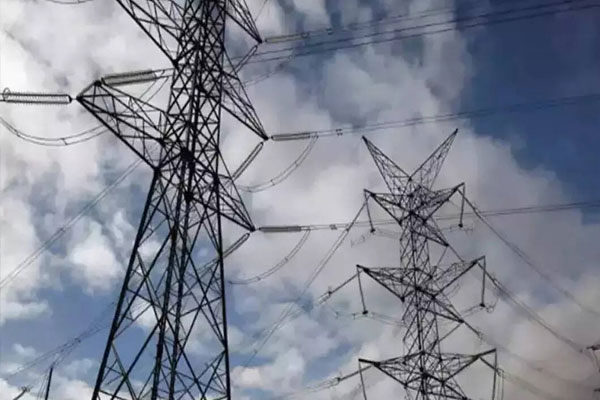
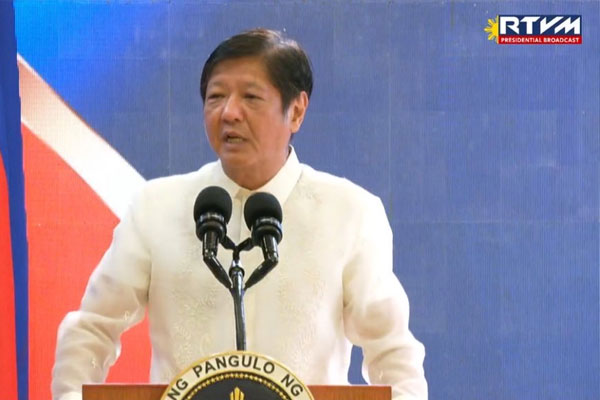

Leave a Comments